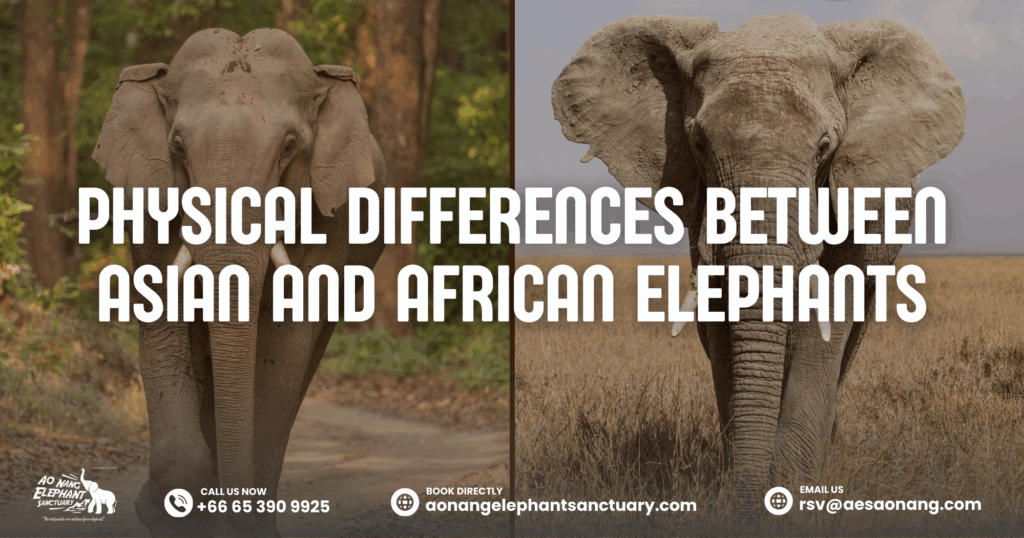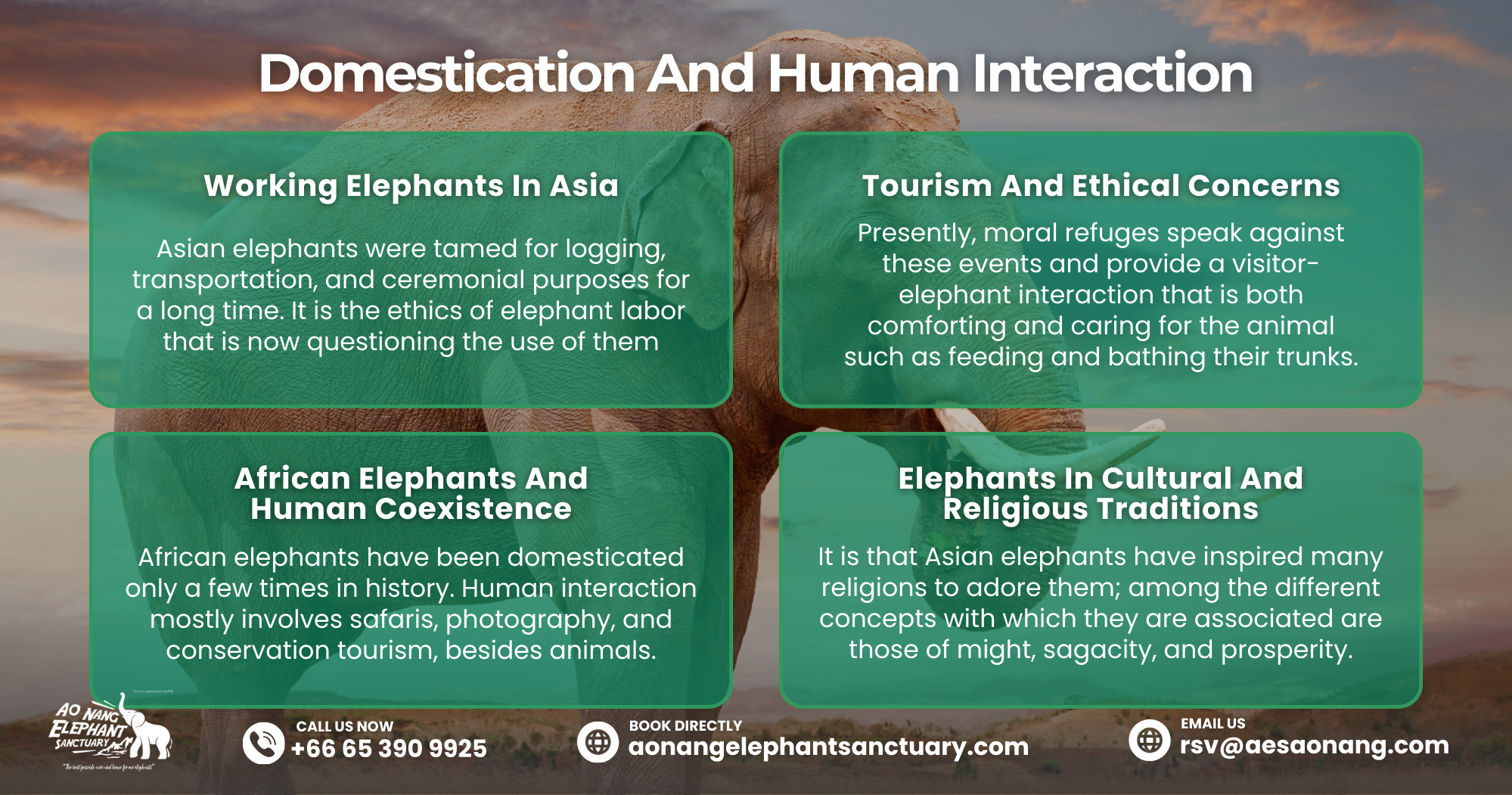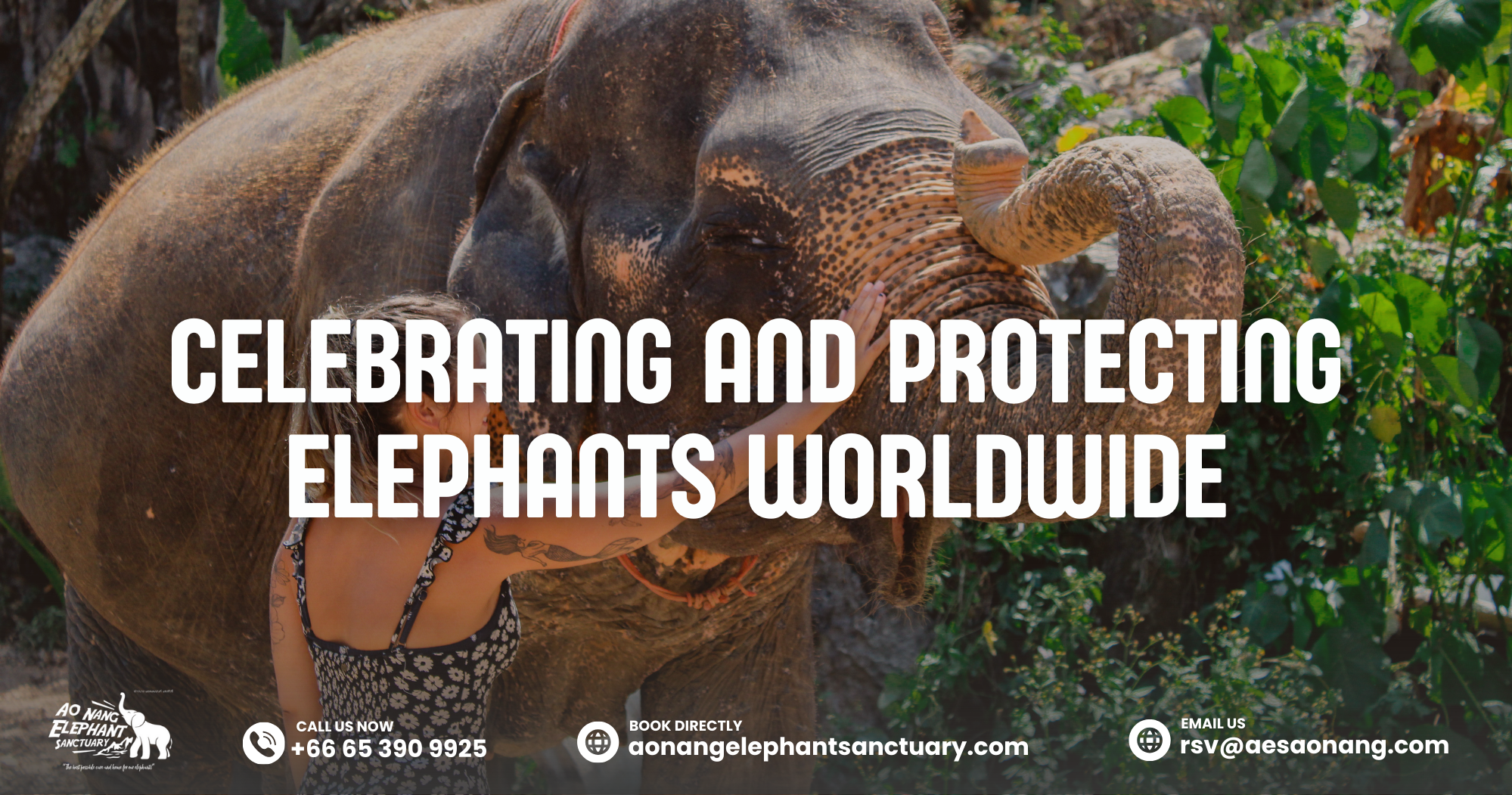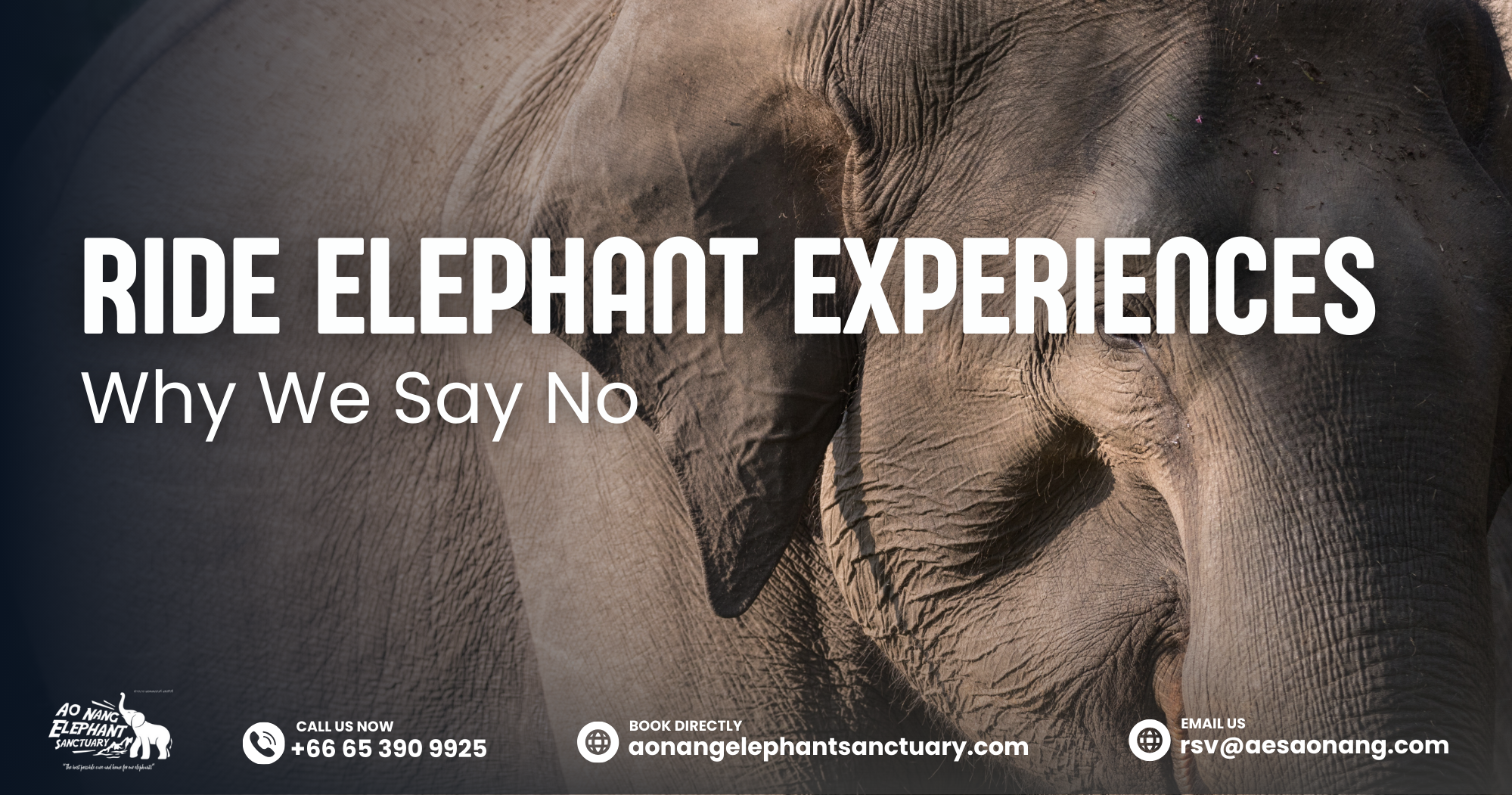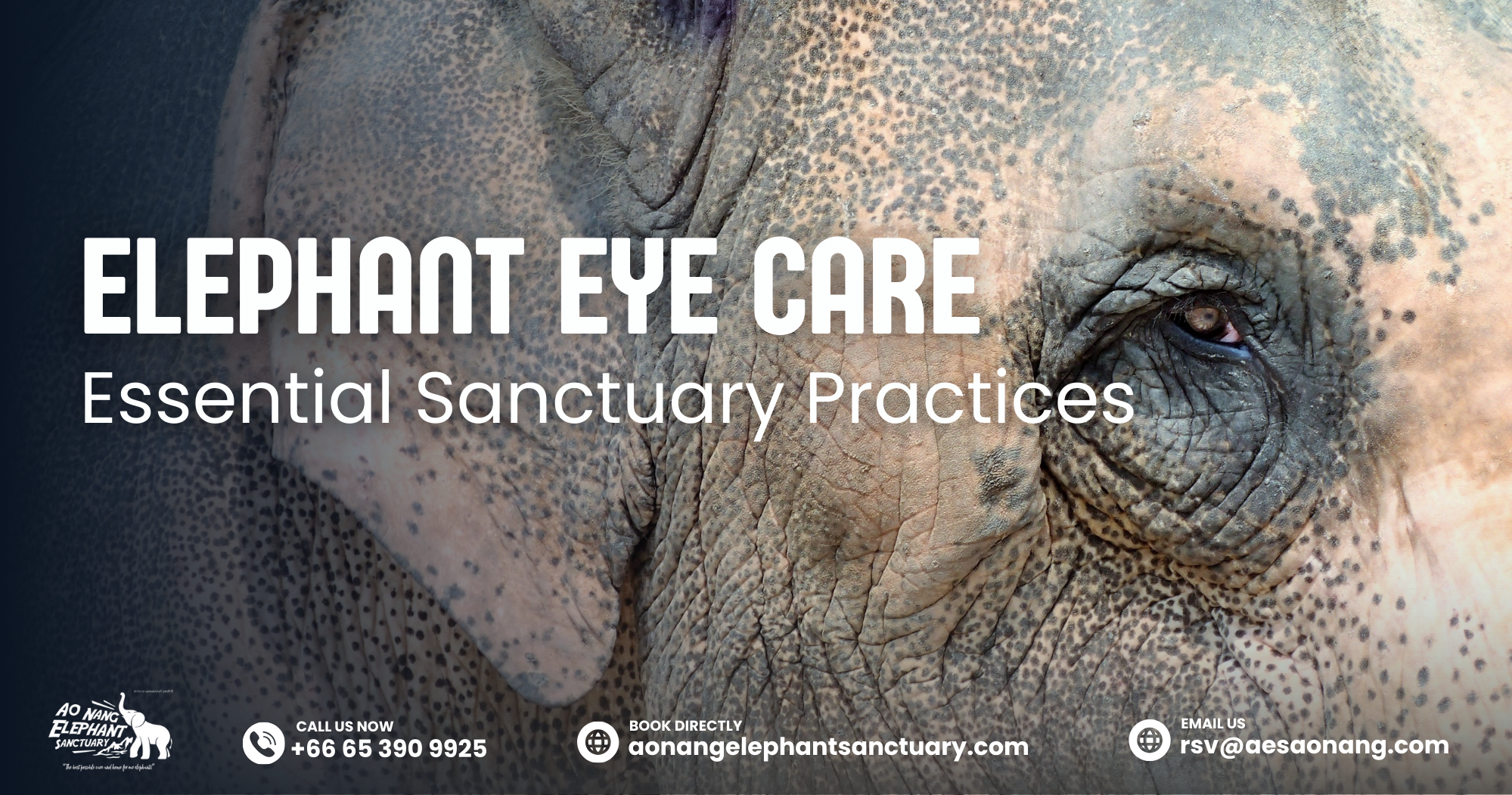Elephants—especially when comparing the Asian Elephant Vs African Elephant—hold their place as one of the most interesting and cherished creatures on this earth. Famous for their brilliance, memory, and close family ties, these large but lovely mammals leave no one unmoved wherever they are. Still, it is not true that all elephants are alike.
The two most characteristic elephant species—Asian elephants (Elephas maximus) and African elephants (Loxodonta africana) share some similarities while differing in many aspects. And getting into these differences not only satisfies the need of curiosity but is also crucial for conservation, as these species have to deal with different challenges in today’s world.
This blog offers a comparative study of the differences in the physical and behavioral aspects and habitats of two species (elephant) as well as their relationships with humans and conservation needs. Besides that, it also points out their role in culture and nature.
Physical Differences Between Asian Elephant Vs African Elephant
Despite the fact that they are physically the same in both cases, i.e., they are the two species of elephants, their appearances are quite different. This difference in their appearances helps both experts and animal lovers to identify them while they are out in the wilderness.
Size And Weight
The African elephant is the largest of all land mammals. The weight of a mature male can be up to 6,000 kilograms (13,000 pounds), with the height at the shoulder being around 3.3 meters (10–11 feet).
Comparatively, Asian elephants are still colossal but comparatively less in numbers, with the males having an average weight of 4,000 kilograms (8,800 pounds) and a height of 2.7 meters (9 feet). The females of both species are smaller than the males of their respective species.
Ear Shape And Size
African elephants have large ears shaped like the African continent, which is an additional feature that allows the elephant to cool down.
Asian elephants have smaller, round ears as they inhabit cooler, forested places where the need for shedding heat is less.
Trunk Features
The elephant’s trunk is a merger of the upper lip and nose and is considered to be one of the most versatile instruments in nature.
The two finger-like projections are found by the side of the tip of the trunk of an African elephant, and only one finger-like projection is there at the tip of the trunk of an Asian elephant.
The difference in the number of these projections thus affects how they tighten and handle the given object.
Tusks And Teeth
Though not all female African elephants develop tusks, they are able to grow tusks, both male and female. Only some males (called “tuskers”) in the population of Asian elephants are endowed with a set of notable tusks, whereas females and many males have a set of small tusks called tushes that are slightly protruding from the mouth.
Back Shape And Body Proportions
African elephants are characterized by a concave back or saddle-shaped back and on the other hand. Asian elephants mostly have a rounded or humped back.
Besides that, the difference in the body proportion between the two species is also quite visible: African elephants look larger and bulkier most of the time, while Asian elephants are slightly smaller but still robust.
Skin Texture And Color
The skin of African elephants is more deeply wrinkled compared to the skin of Asian elephants, which is relatively smoother. Their colors also differ as a result of their different habitats, with the former being a dusty gray and the latter being spotted with pink, especially near the ears and the trunk.
Foot Structure And Nail Count
One of the differences that has not been highlighted much is the difference in their feet. In general, African elephants have four toenails on the front feet and three on the back.
Asian elephants usually have five on the front and four on the back. Zoologists often use this detail to distinguish between the Asian elephant Vs African elephant.
Behavioral Differences
The inner characters of Asian and African elephants are as different as their outward ones.
Social Structure And Herd Size
Very large herds that are under the leadership of a matriarch are where you will find African elephants. Besides, the group can be so big that it is not unusual for there to be more than 100 individuals.
On the contrary, Asian elephants live in smaller, closer-knit herds that have an average of 6 to 12 members.
Communication Styles
Initially, both species would communicate through their rumbling vocalizations as well as their body language and even seismic vibrations. Being different in that the former has larger herd sizes and lives in open habitats, African elephants are therefore dependent a lot on long-distance calls, whereas Asian elephants living in forested areas make use of softer sounds that are more suitable for their surroundings.
Feeding Habits And Diet
African elephants eat grasses, leaves, fruits, and bark, and can reach up to 300 pounds of food daily.
Asian elephants who reside in the thick forests use bark, roots, and fruit more and have changed their diet to the vegetation that is available in the area.
Daily Movement And Migration Patterns
African elephants do a long-distance migration in search of water and food and are known to move more than 80 kilometers in a day.
Asian elephants are usually found in the forest corridors, making shorter moves, but these routes are getting more and more inaccessible because of human settlements.
Playfulness And Enrichment Behaviors
One can often witness Asian elephants engaging in playful activities, for instance, splashing in the river or playing with a log.
African elephants also love water activities, but they show more dominance in a large group of animals.
Habitat And Distribution
Asian Elephant Range
The range of the Asian elephant covers 13 countries in South and Southeast Asia, including India, Thailand, Sri Lanka, Indonesia, and others. They are the inhabitants of forests, grasslands, and wetlands.
African Elephant Range
The species of the African elephants can be found in 37 countries and are adaptable from the savannas to deserts and rainforests. The two subspecies—forest elephants and savanna elephants—have different habitats.
Impact Of Climate On Habitats
African elephants need to be flexible to have a good time in dry and green territories. In contrast, the elephants of Asia are content with the wet climate of the tropical monsoon. Climate change is really affecting water accessibility as well as vegetation, thus impacting the two species.
Shrinking Habitats And Human-Wildlife Conflict
With agriculture, logging, and general urban sprawl reducing elephant habitats, the conflicts with humans have also grown in number and intensity. Elephant-raiding of crops and the consequent retaliations by humans are two issues that, among others, are developed not only in Asia but also in other regions.
Domestication And Human Interaction
Working Elephants In Asia
As a matter of fact, Asian elephants were tamed for logging, transportation, and ceremonial purposes for a long time. It is the ethics of elephant labor that is now questioning the use of them, while some usages still go on.
Tourism And Ethical Concerns
On the other hand, in many locations in Asia, elephant rides and acts have been among the most frequented tourist attractions. Presently, moral refuges speak against these events and provide a visitor-elephant interaction that is both comforting and caring for the animal such as feeding and bathing their trunks.
African Elephants And Human Coexistence
Unlike Asia elephants, African elephants have been domesticated only a few times in history. Human interaction mostly involves safaris, photography, and conservation tourism, besides animals.
Elephants In Cultural And Religious Traditions
It is that Asian elephants have inspired many religions to adore them; among the different concepts with which they are associated are those of might, sagacity, and prosperity. For example, the Hindu god Ganesha is depicted with an elephant head, symbolizing good fortune and the removal of obstacles.
Conservation Status And Efforts
Threats To Asian Elephants
Asian elephants are classified as endangered, with populations declining due to habitat destruction, human conflict, and poaching.
Threats To African Elephants
African elephants face threats from ivory poaching, habitat loss, and conflict with expanding human populations.
Conservation Projects Worldwide
Global organizations are working to protect elephants through anti-poaching patrols, habitat preservation, and international ivory trade bans.
Role Of Sanctuaries In Elephant Welfare
Sanctuaries provide rescued elephants with safe spaces, medical care, and social interaction. They also play an educational role in shifting tourism toward ethical models.
Community Involvement In Conservation
Elephant conservation cannot succeed without community participation. Many programs now involve local people in eco-tourism, reducing conflicts and providing sustainable incomes.
Celebrating And Protecting Elephants Worldwide
Elephants, either Asian or African, are amazing animals that nobody can resist admiring as well as they are in need of our protection. Although they are very different from each other, the fact that they are both vulnerable to the same kind of threats is what brings together the people who work for the conservation of these species all over the world.
By doing this, we humans will be a great help to the environment and the animals: first by buying tickets to play and walk-in areas that strongly support the ethical treatment of wildlife, secondly by not intruding on their territories, and thirdly by being actively involved in the cause of animal rights. In this way, not only present but also future generations will get the chance to experience these awe-inspiring, gentle giants.
Book your trip to Aonang Elephant Sanctuary now to experience ethical elephant tourism and have unforgettable memories!
- Phone: +66 65 390 9925
- Email: [email protected]
- Book directly at aonangelephantsanctuary.com

